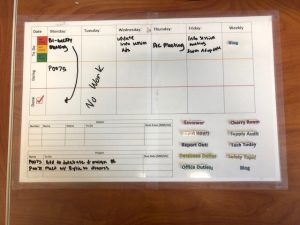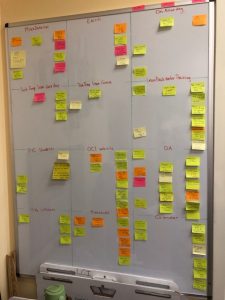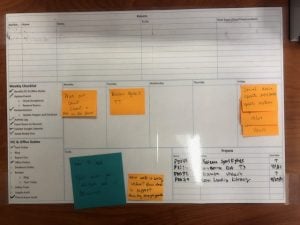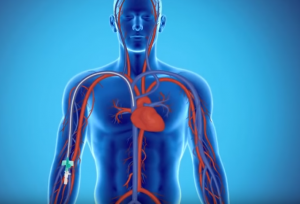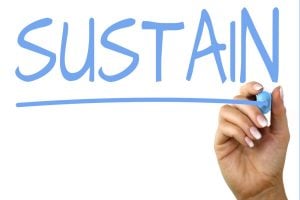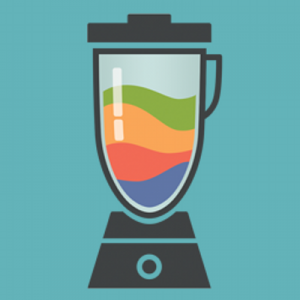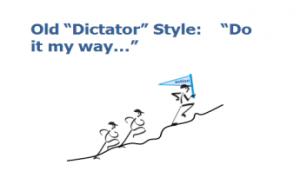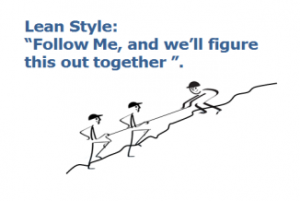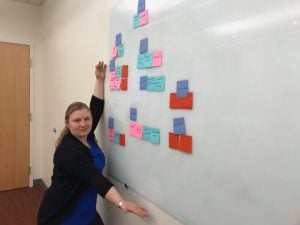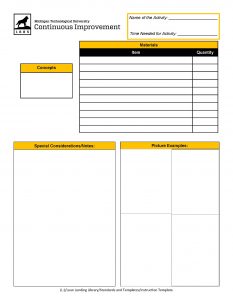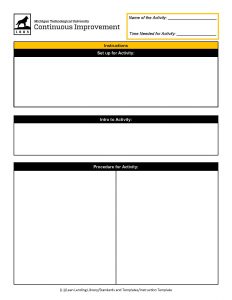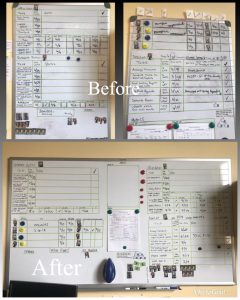People often find themselves getting caught up in a pile of tasks they need to complete. These tasks exist in their personal lives, work projects, or school assignments. When people get wrapped up in the amount of tasks they are faced with, they tend to not know where to begin. They become uncertain on how to organize and prioritize these tasks. This can lead to missing events or deadlines and feeling very overwhelmed. However, lean tools can be the perfect fix to this overwhelming feeling; one in particular is the Personal Kanban.
A Personal Kanban is a tool used to help visualize, prioritize, and complete tasks. It also aids in managing work by volume and highest value so an individual can see what order tasks should be completed in. This lean tool also works with the individual to help them be successful because it’s directly tailored to the needs of that person. Some main benefits of using this tool are it organizes allotted time, provides a foundation for improvement efforts in work flow, and supports communication and coordination with a supervisor. There are many different ways to set up a Personal Kanban. This and the fact that it can be used anywhere and it tracks items that are of personal value to the individual. These are what make it personal.
Around the Office of Continuous Improvement many Personal Kanbans can be seen, since all of the employees here use them. They all include tasks and projects we need to complete around the office and when we need to complete them; however, no two look exactly alike. Some of us choose to use an online format, while others go with a simple white board and sticky notes, and others have detailed layouts, but in every case these Kanbans help us all organize our tasks in a way that will help us complete them efficiently and effectively. Also our Personal Kanbans are constantly changing because we are continually trying to figure out the best layout and platform that works for us as individuals. One way to measure how well a Personal Kanban set-up fits you, is to examine if you are actually using it. Because after all, if you’re not using the tool, obviously something is not working right. If you’re feeling overwhelmed by tasks, expectations, and commitments use the examples below to form your own Personal Kanban and get those tasks organized!
